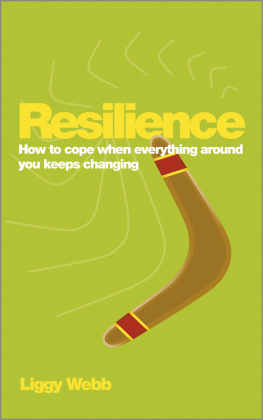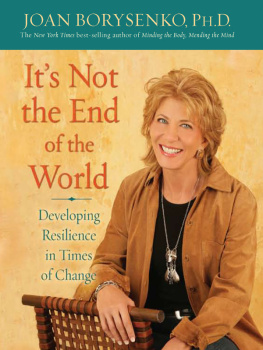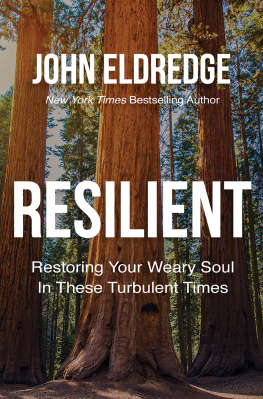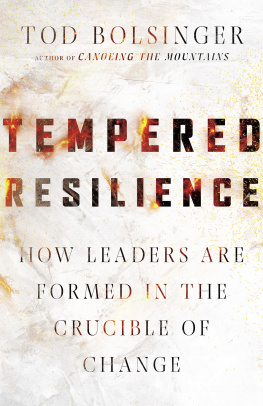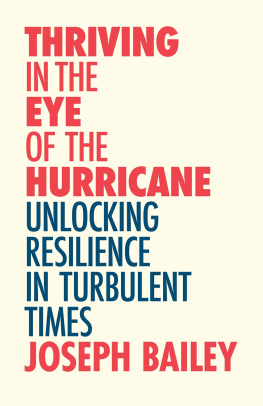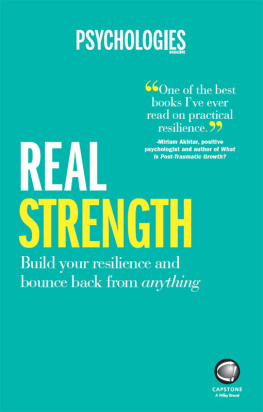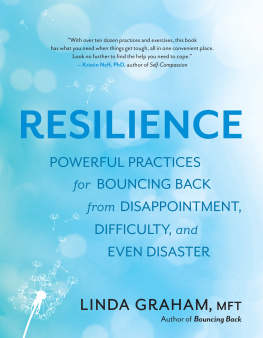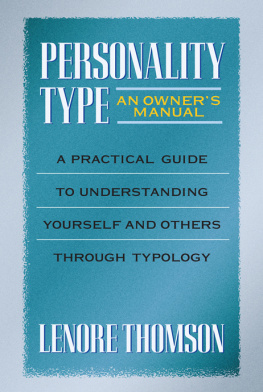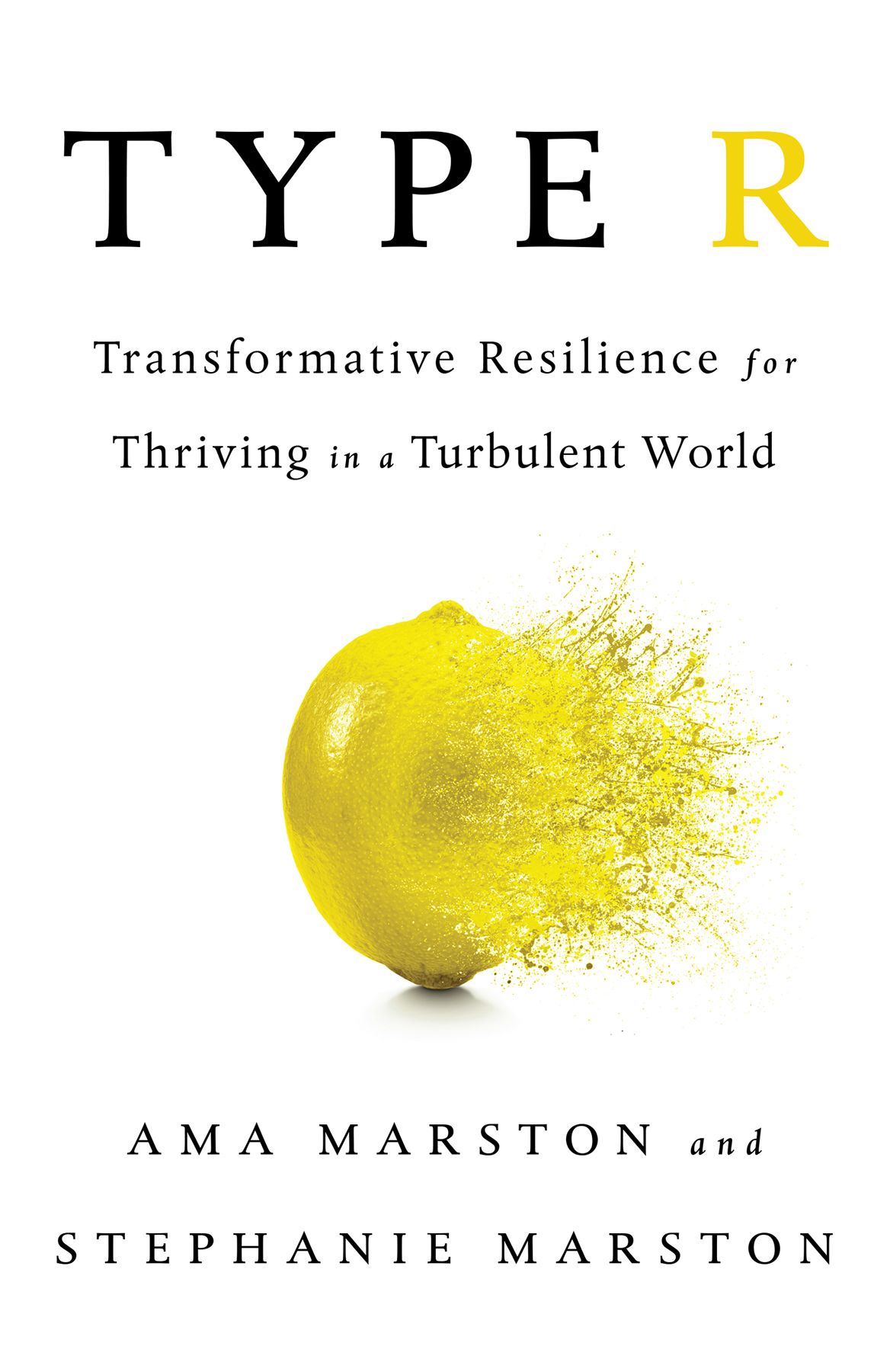The names and identifying characteristics of some of the interviewees in this book have been changed to protect their privacy.
Copyright 2018 by Ama Marston and Stephanie Marston
Hachette Book Group supports the right to free expression and the value of copyright. The purpose of copyright is to encourage writers and artists to produce the creative works that enrich our culture.
The scanning, uploading, and distribution of this book without permission is a theft of the authors intellectual property. If you would like permission to use material from the book (other than for review purposes), please contact permissions@hbgusa.com. Thank you for your support of the authors rights.
PublicAffairs
Hachette Book Group
1290 Avenue of the Americas, New York, NY 10104
www.publicaffairsbooks.com
@Public_Affairs
First Edition: January 2018
Published by PublicAffairs, an imprint of Perseus Books, LLC, a subsidiary of Hachette Book Group, Inc. The PublicAffairs name and logo is a trademark of the Hachette Book Group.
The publisher is not responsible for websites (or their content) that are not owned by the publisher.
Library of Congress Cataloging-in-Publication Data
Names: Marston, Ama, author. | Marston, Stephanie, author.
Title: Type R : transformative resilience for thriving in a turbulent world / Ama Marston, Stephanie Marston.
Description: First Edition. | New York : PublicAffairs, 2018. | Includes bibliographical references.
Identifiers: LCCN 2017025476| ISBN 9781610398060 (hardback) | ISBN 9781610398077 (ebook)
Subjects: LCSH: Resilience (Personality trait) | Stress management. | Decision making. | BISAC: PSYCHOLOGY / Mental Health. | SELF-HELP / Stress Management. | BUSINESS & ECONOMICS / Decision-Making & Problem Solving.
Classification: LCC BF698.35.R47 M37 2018 | DDC 155.9/042--dc23
LC record available at https://lccn.loc.gov/2017025476
ISBNs: 978-1-61039-806-0 (hardcover), 978-1-61039-807-7 (ebook)
E3-20210126-JV-PC-AMZ
Contents
- CHAPTER 1
Meeting the Rising Tides in a Turbulent and Changing World - CHAPTER 2
Transformative Resilience and the Adversity Sweet Spot - CHAPTER 3
Type R: The Mindset for Our Time - CHAPTER 4
Harnessing the Storm: The Type R Characteristics - CHAPTER 5
Transformers: The Type R Individual - CHAPTER 6
Navigating Uncharted Waters: The Type R Leader - CHAPTER 7
Were All in It Together: The Type R Organization - CHAPTER 8
A Bridge Over Troubled Water: The Type R Family - CHAPTER 9
Type R in Action
Navigation
We dedicate this book to family, both ours and yours, and to the future of a larger, global family.
O UR WORLD HAS become an increasingly volatile place over the last several years. With our morning coffee and the first dose of the days news, were confronted by unprecedented world events, from terrorism, gun violence, and cyber-attacks to global pandemics. With businesses facing global competition and economies vulnerable to repeated crises, our careers are unstable. Today many of us face layoffs, the stress of being expected to do more work with fewer people, and decreased pay and benefits. Then theres the stress of daily life itselfbirths, deaths, illnesses, breakups. Balancing work and family, shouldering the strain of economic concerns, and finding ways to distinguish ourselves in a world of growing competition. Its a list to keep any of us up at night.
The challenge for most of us isnt to outpace stress, adversity, and momentous change; its to meet them head-on. Its to learn how to deal with uncertainty not as a passing state but as a condition of life. That said, there has never been a greater need for us to grow and create opportunity from adversity.
With the challenges we face, we need a new generation of thinkingone that brings a fresh focus on coping with an ever-changing and turbulent world and transforming ourselves to better thrive in this new reality.
The difference between those who fold and those who flourish is not resilience in the traditional sense of the word, but one better suited for these tumultuous times: Transformative Resilience, the ability to learn, grow, and spring forward. These individuals, leaders, businesses, families, and even communities that turn challenges into opportunity are what we call Type Rs.
By drawing on decades of research across the disciplines of psychology, sociology, behavioral economics, neuroscience, business, and current affairs, we have come to believe that Type Rs are our future and that Transformative Resilience is the new paradigm for our time.
Yet, these new concepts are not simply born out of theory and research. Our own journey has been one of mother and daughter but also one of partners in Transformative Resilience from early on.
S TEPHANIE S S TORY
In the mid-1970s my husband, Derrick, my daughter, Ama, and I were living on a farm in an isolated area of British Columbia. As winter neared we piled into our maroon Volkswagen van for a trip to Spokane, Washington, 325 miles away, to stock up on staples. Ama, who was three years old, and I decided to climb onto the plywood bed in the back to read The Very Hungry Caterpillar and quickly fell asleep.
We were driving down a remote highway when we hit a patch of ice. A tremendous jolt woke me as our van slid off the road and tumbled to the bottom of a ravine. Suddenly, I was suspended between complete chaos and absolute silencea moment that seemed to go on forever. When the van finally landed on its side amid the dense brush and fallen leaves, I tried to pull myself up, but an excruciating pain shot down my back. My sock-covered feet were contorted unnaturally and I couldnt move my legs.
Derrick crawled to my side. Wheres Ama? I screamed.
She was thrown under the dashboard, but shes okay, he reassured me, though he was shaken. Im going to take her up to the road and see if I can find help.
When the paramedics finally arrived several hours later, they rushed me to the hospital. X-rays were taken and I was prepared for surgery. What they didnt tell me was that the breaks in my right foot were so severe, and the circulation so impaired, that the doctors were planning to amputate.
With little time to spare, Derrick spoke with my father, a doctor, who told him to refuse to allow such drastic measures. The surgical team operated on my other leg and repaired my shattered ankle with pins. They would monitor my foot to see whether the circulation returned. My back injuries would also be left on their own to heal. But the doctors told me they doubted I would be able to walk again.
For months I lay in a hospital bed in my childhood bedroom in New Jersey with both legs in casts from foot to groin. Derrick started work at a local business, and my mother took care of Ama and me while I healed. The accident had fractured more than my body. The images Id crafted of myself as a woman who could live off the land and off the grid had been shattered as well.
It was during this time that I began to surrender to something that was emerging in me. I had glimpsed a larger sense of what I wanted my life to be about. It was as if there, in my childhood home, I was given a new beginning.
In the afternoons, home from nursery school, Ama would tiptoe into my room and carefully climb onto the bed and curl up next to me. The most we could do together was watch


